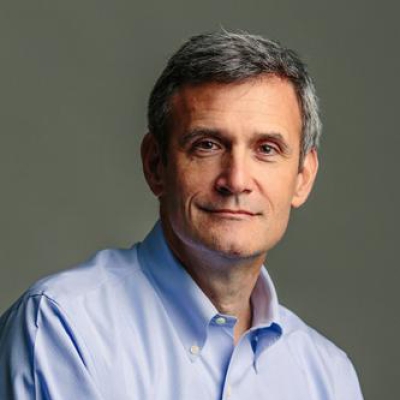In a dispatch over the weekend, the New York Times took note of the rise of “super strict schools in England,” marked by “strict routines and detentions,” silent corridors, and “zero-tolerance” policies for even minor student misbehavior. The focus of the piece is London’s legendary Michaela Community School, which has posted the highest rate of academic progress in the country. “Its approach is becoming increasingly popular,” notes Times reporter Emma Bubola, sounding vaguely surprised.
On the one hand, the Times piece is an unexpectedly respectful take. It notes that these schools are “borrowing from the techniques of American charter schools and educators who rose to prominence in the late 2000s.” On the other hand, it indulges in many of the same cliches and misunderstandings that drove those “no excuses” charter schools into disfavor. Bluntly, it’s idiotic to say, as the Times does, that such schools spring from the idea “that children from disadvantaged backgrounds need strict discipline, rote learning, and controlled environments to succeed.” No. The point is to give disadvantaged kids the opportunity to learn in the kinds of safe and orderly schools that well-off kids and their parents take for granted.
I had the pleasure of spending a very full day at Michaela last year during a trip to England. It was, without question, the most impressive and invigorating school observation I’ve taken in more than two decades in education. Doubly so because headmistress Katharine Birbalsingh, the self-proclaimed “strictest headmistress in Britain,” made no attempt to stage-manage my visit or steer me toward the strongest teachers’ classrooms. She simply handed me a class schedule and invited me to wander in and out of classrooms at will. Any and every class would be a good demonstration of “The Michaela Way.” I wrote about my visit for National Review and concluded with the hope that Birbalsingh might someday seize the opportunity afforded by the fast-growing universal ESA movement and open an American Michaela.
If such schools are “conservative,” as the Times puts it, they are (as Birbalsingh herself told me) “small c” conservative. Comparing such school cultures to a “dystopian science fiction movie” is a shining example of a luxury belief, the phrase coined by Rob Henderson to connote ideas and opinions held by the affluent or privileged that are impractical or even harmful to the less fortunate. At a recent school visit here in the U.S., for example, I spoke to a school board member who compared conditions at one school in the district to “a Victorian madhouse.” Learning doesn’t happen in that kind of environment. There is nothing “oppressive” about a well-run school; the oppressed are the kids who don’t want to go to school because their peers are out of control and no consequences follow.
Spend enough time in education and you begin to detect a rhythm: a reliable cycle of correction, over-correction, and reversal, usually driven by the unintended consequences of fad-driven programs or policies. Each new generation of would-be school reformers discovers, as if anew, some insight or idea that was once conventional wisdom. Thus, I will boldly predict that the Times’s report from Olde England may herald the inevitable reconsideration of “no excuses” schools here in America. Post-Covid, many of the conditions that led to the model’s rise in prominence a quarter-century ago have returned: declining test scores, a sharp rise in student behavior problems, and as Daniel Buck never tires of pointing out, an exodus of teachers owing to declines in classroom culture and school safety.
The first step is rescuing “no excuses” from its critics and recapturing what the phrase meant in its original coinage. David Whitman captured the mindset well in his 2008 Fordham Institute book Sweating the Small Stuff: a belief that “disorder, not violence or poverty per se, is the fatal undoing of urban schools in poor neighborhoods.” Minimizing disorder also explains why such schools “are long on rituals, including school-affirming chants at assemblies, hallways of academic fame with photos of student honorees plastered on the wall, public recognition and awards for students who have done well scholastically, and activities that build a sense of teamwork and spirit de corps.”
Note to the New York Times: This is what your correspondent witnessed at Michaela but misinterpreted as “formulaic routines,” including students having “yelled a poem,” Ozymandias, in unison as they entered the cafeteria. The day I visited it was Invictus. And it was awesome.
I’d still like to see an American Michaela, but conditions are ripe for a broader “no excuses” renaissance. For students, teachers, and parents who have never lost their appetite for safe and orderly schools, it can’t come soon enough.




